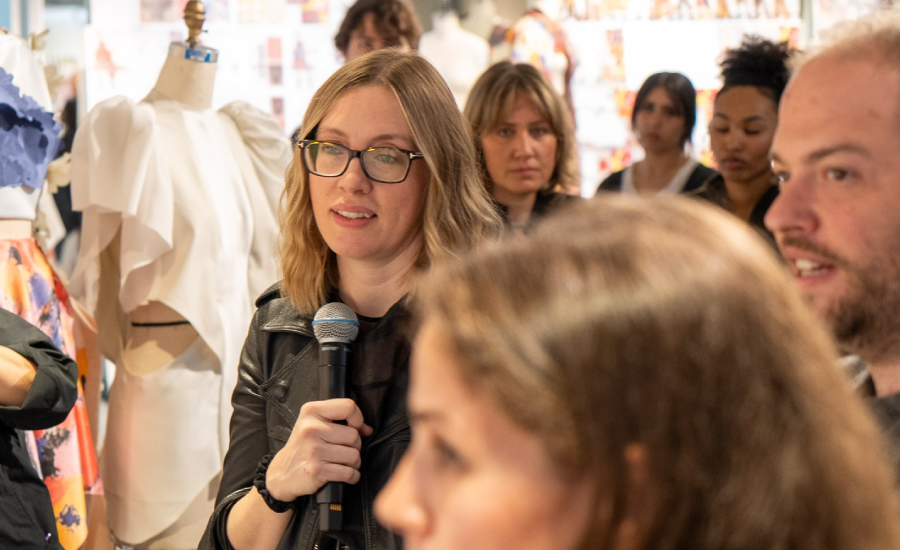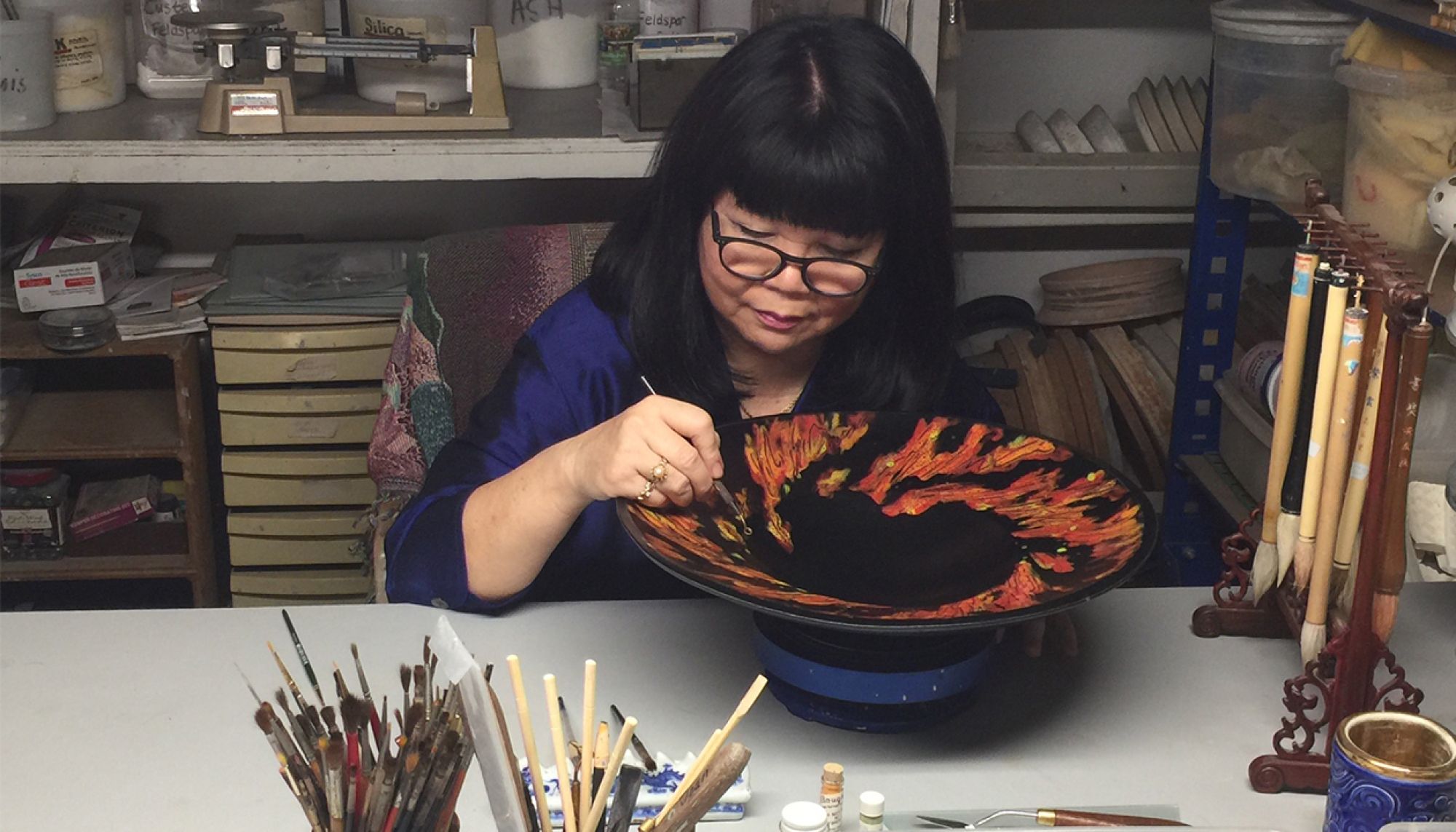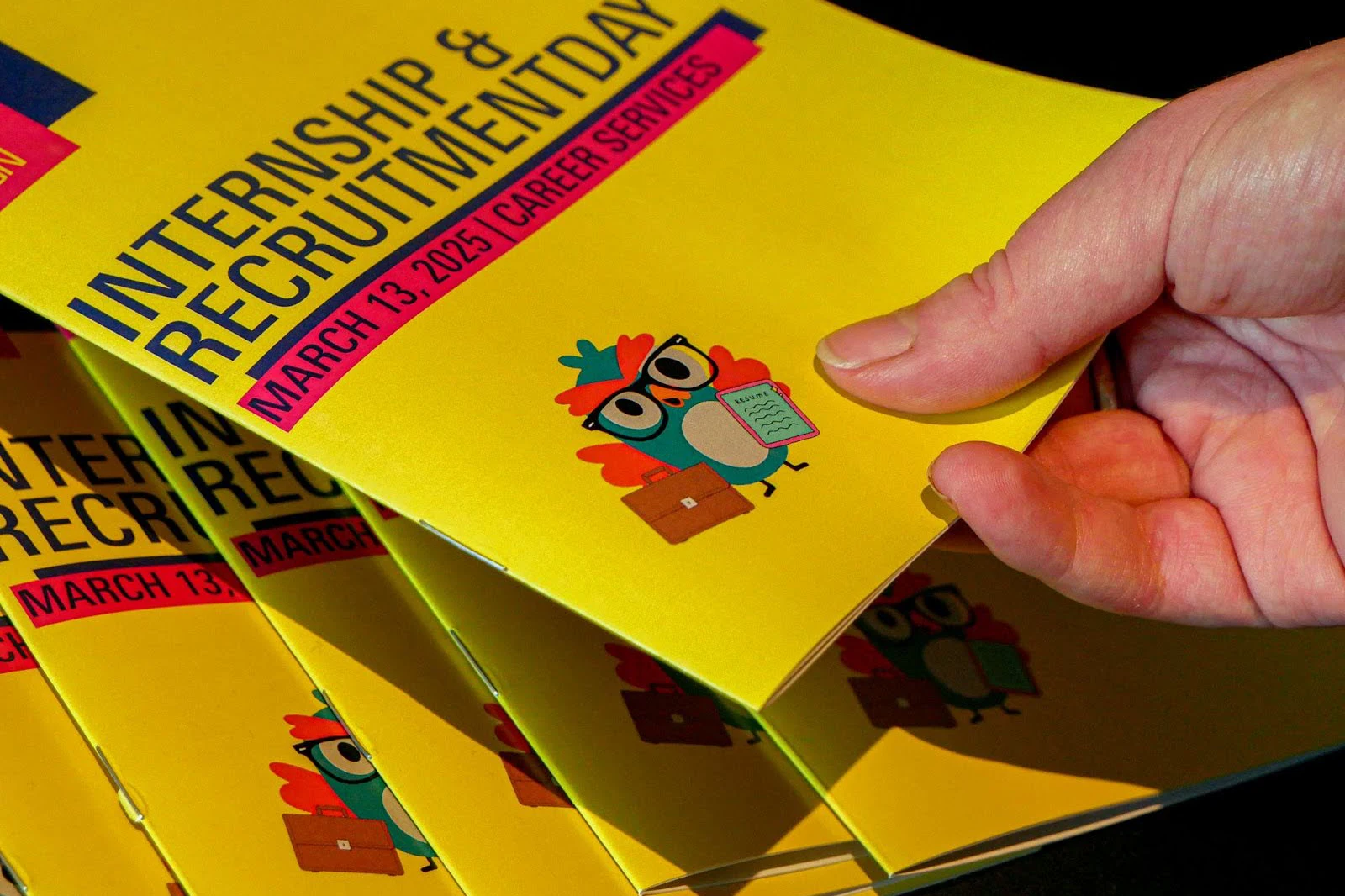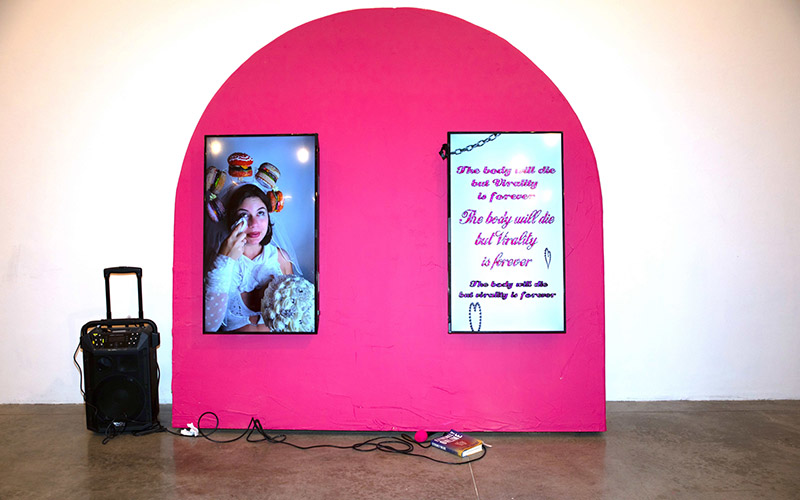


Honoring Veterans at Otis College
Mon Nov 10 2025




Fashion Designer Mike Amiri on Mentoring Otis College Students
Mon Oct 28 2024

Graphic Design Course Combines Competition and Cultural Exchange
Thu Oct 17 2024


Adapting Medical Practice for Young Artists and Designers
Fri Dec 08 2023


Showing 8 of 100
Keep Exploring
Located in Los Angeles—a global creative and cultural capital—Otis College of Art and Design prepares you for a dynamic future in the creative economy.
Develop your talents and express yourself through innovative programs in a global creative capital.
A majority of the College’s faculty are working artists and designers who bring the most current knowledge and theories into their classrooms.
Otis College of Art and Design creates a supportive and inspiring space for you to become who you’re meant to be.










